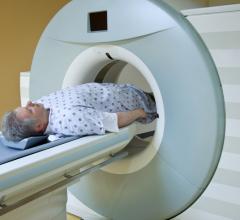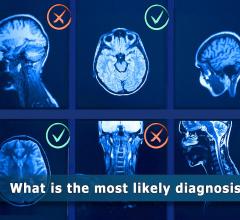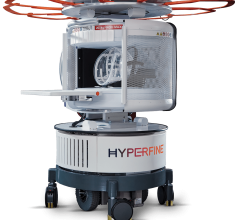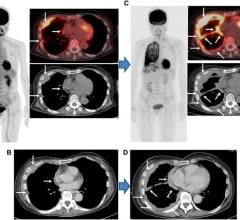
House Energy and Commerce Chair, Rep. Henry Waxman (D-Calif.).
April 23, 2010 - House Energy and Commerce Chair, Rep. Henry Waxman (D-Calif.), Ways and Means Committee Chair, Rep. Sandy Levin (D-Mich.), and Ways and Means Subcommittee on Health Chair, Rep. Pete Stark (D-Calif.), recently called on the General Accountability Office (GAO) to perform a study regarding the effects of physician self-referral of advanced medical imaging and radiation therapy treatments on Medicare spending.
Congressman acted at the request of the American College of Radiology (ACR), which issued a public statement on April 22, underscoring the problem with self-referrals. The college noted, "previous GAO reports as well as peer-reviewed studies published in the Journal of the American Medical Association and elsewhere
According to a number of private insurance studies, as much as half of self-referred imaging is unnecessary. The National Council on Radiation Protection and Measurement (NCRP) has cited self-referral as a primary, preventable driver of a six-fold increase to Americans’ radiation exposure from scans since 1980.
The March 2009 Medicare Payment Advisory Commission (MedPAC) report to Congress states that overall Medicare imaging utilization growth for 2006 - 2008 was two percent or less nationally. This figure is at or below the growth rate of other major physician services. However, the number of self-referred magnetic resonance imaging (MRI) and computed tomography (CT) scans in the Medicare system as well as Medicare spending on self-referred MRI and CT grew at nearly double the rate of that performed by other providers.
According to the ACR, "appropriate use of imaging and radiation therapy treatments can be addressed by wider adoption of ACR Appropriateness Criteria, which help physicians prescribe the most appropriate imaging exam or radiation therapy procedure for a given clinical condition, and computerized physician ordering systems based on these criteria."
The accreditation of imaging facilities, which will be mandated for non-hospital providers under Medicare, effective Jan. 1, 2012, "should be expanded to radiation therapy facilities and include all providers, including hospitals," the ACR said in its statement. "This can provide a baseline quality of care, cut down on radiation dose received from duplicative scans (as well as the cost of duplicative scans), decrease likelihood of adverse events occurring, and help to ensure that patients receive the appropriate dose per scan or treatment."
While government regulation should address financially driven self-referral, the ACR discourages Congress and the regulatory agencies from doing so using across the board reimbursement cuts. The ACR says this only encourages more self-referral and restricts patient access to quality care. The fear is these cuts will run those who do not self-refer out of business or force them to limit the number of Medicare patients they receive.
In the statement, the ACR also stressed that MRI, CT, positron emission tomography (PET) and radiation therapy procedures are not ancillary services. As such, "the Centers for Medicare and Medicaid Services (CMS) should remove them from the 'in-office ancillary exception' to federal law, which allows providers to directly profit financially from referring patients to scanners or radiation therapy equipment which they own," the statement said.
The ACR also points out CMS should clamp down on leasing arrangements. Currently, nonradiologists can lease time in an imaging center and claim that the center is thus part of their practice. By doing this, they can refer patients to be scanned in that center during the time they have leased. This creates a direct financial incentive to do more imaging which studies have shown significantly increases the number of scans performed.
"Elected officials, government agency staff, and referring physicians need to support these steps to eliminate financially driven self-referral and make sure that every patient receives the right scan or treatment, at the right time, for the right indication," said the ACR in the statement.
For more information: www.acr.org and www.qualityimaging.org/analysis/GAOHEHS.pdf

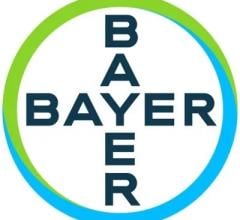
 August 09, 2024
August 09, 2024 



